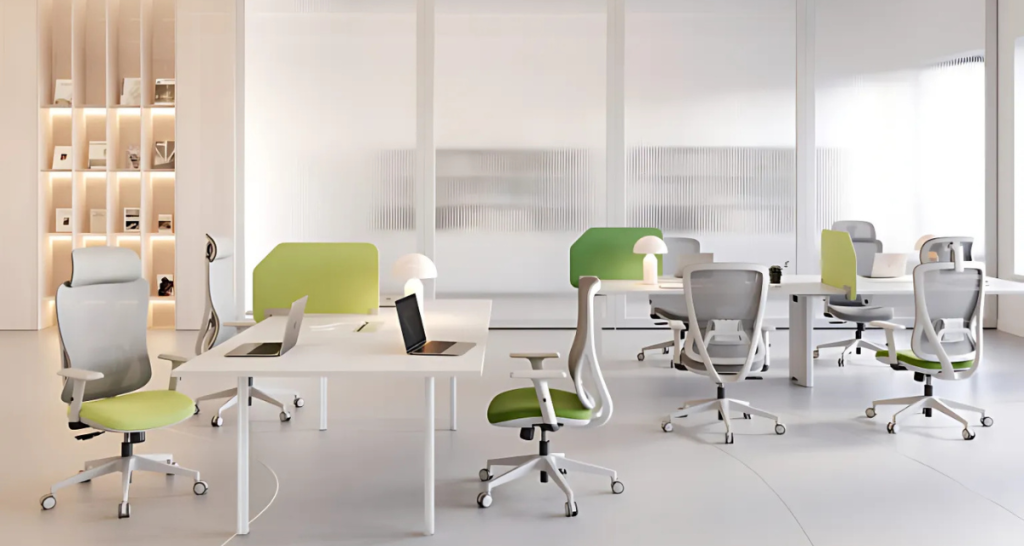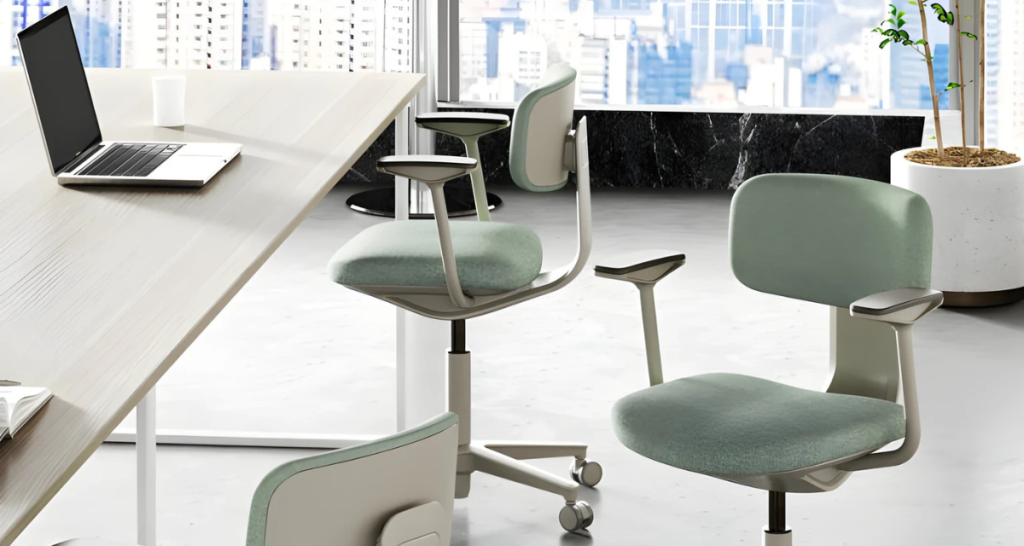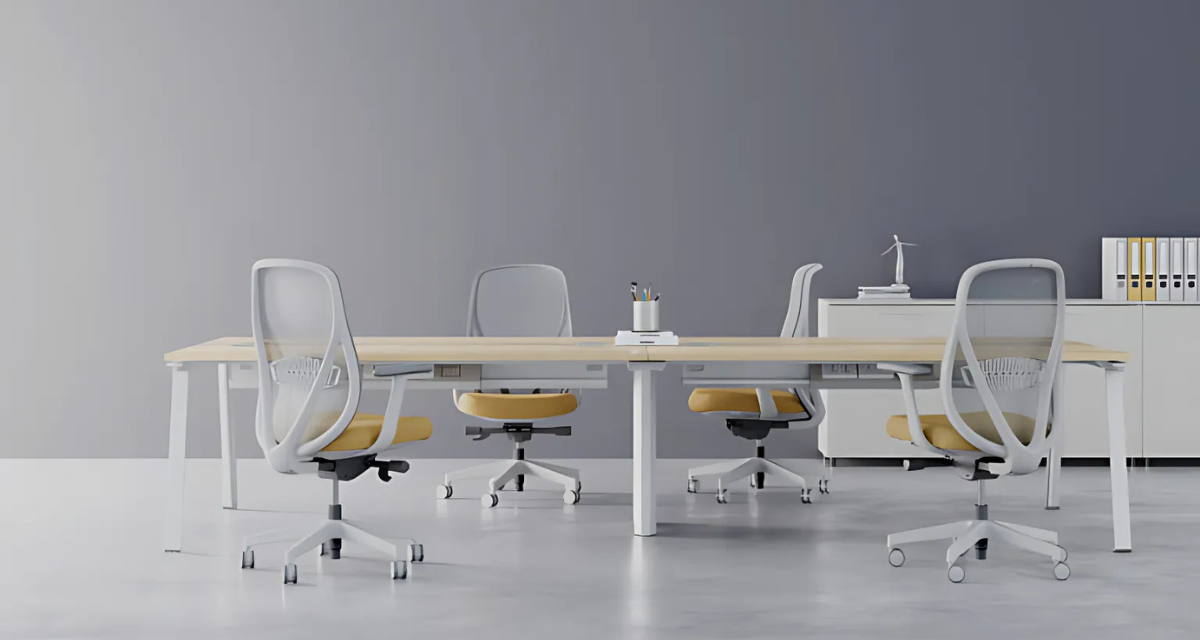When Office Furniture Ages Too Fast: How to Keep It Looking New
Most of the time, the problem is first noticed only through his little details.
For example, a office chair may make a noise while the team is having a discussion. The meeting table is now full of scratches. The reception seating is getting dull. In less time than you can imagine, the procurement manager will be receiving emails from various people informing him/her that the workspace is no longer professional.
This is a common problem for procurement teams that they face time after time. Purchasing office furniture is not simply an action that people do once; rather, it is a matter of keeping the investment’s worth over a period of time. Besides impacting budgets, worn furniture may also influence the morale of the employees as well as the company image with clients and visitors.
At Inspire, we have witnessed the extent to which planning ahead can facilitate the task for procurement professionals in maintaining office furniture that looks new for as long as possible.

1. Start with Quality
It is at the selling point when the decision for long-lasting life is made. Choosing office furniture made of strong materials may be a bit more expensive at the beginning but it will be cheaper in the long run. The use of high-quality finishing and strong designs will surely also keep the office furniture from getting old even in the most crowded areas.
2. Build Maintenance into Policy
What begins with spills, stains, and dust that eventually become the cause of office furniture aging. Procurement teams should plan simple upkeep routines that are also easy to implement regular cleaning of upholstery, polishing surfaces, and checking fittings. Taking small, consistent steps results in prolonging the lifespan of assets and thus, preventing bigger issues from happening.
3. Use Protective Measures
We can take small investments such as desk mats, chair pads, and protective covers into account which are there to protect the furniture from scratches and wear. For procurement managers, these accessories can make it very easy to have a neat and clean look without putting a lot of effort.

4. Balance Furniture Usage
A reception space or a conference room is an example of the place that is always there to provide office furniture usage with the maximum use. The teams can do the smart thing of swapping furniture between high-use and low-use areas every few months. This action allows for even wear and the workspace looking balanced and fresh overall.
5. Refresh before Replacing
The situation is that of a worn-out look and replacement is not always the only way out. The reupholstering of office chairs, table refinishing, or changing the hardware can give the furniture a new-like appearance at a small part of the total cost. Procurement managers who follow this path are likely to be amazed by the amount of money they save each time.
6. Partner with Reliable Suppliers
A office furniture proper care routine especially depends on the support given by the suppliers. The best partners for procurement professionals, such as Inspire, not only bring products that last but also provide guidance on aftercare and long-term maintenance.
Key Takeaway
For procurement teams, maintaining office furniture in top condition is not only about how the furniture looks but rather a matter of investment protection, employee satisfaction and the creation of a professional working environment.
At the Inspire, we hold the perception that office furniture should be a long-haul asset. Because they have the right methods and supplier partners, procurement managers will be able to experience a workplace that looks as professional and inspiring as the first day that the furniture arrived.


